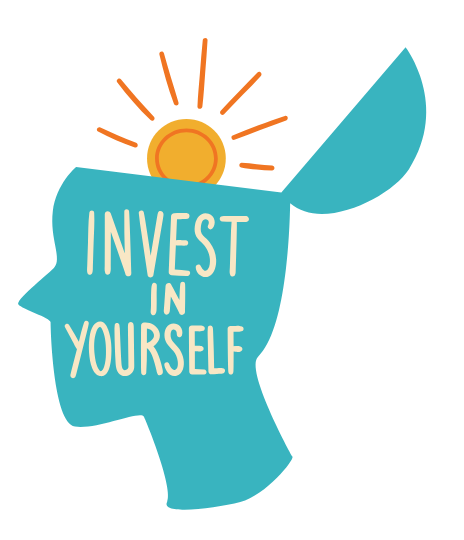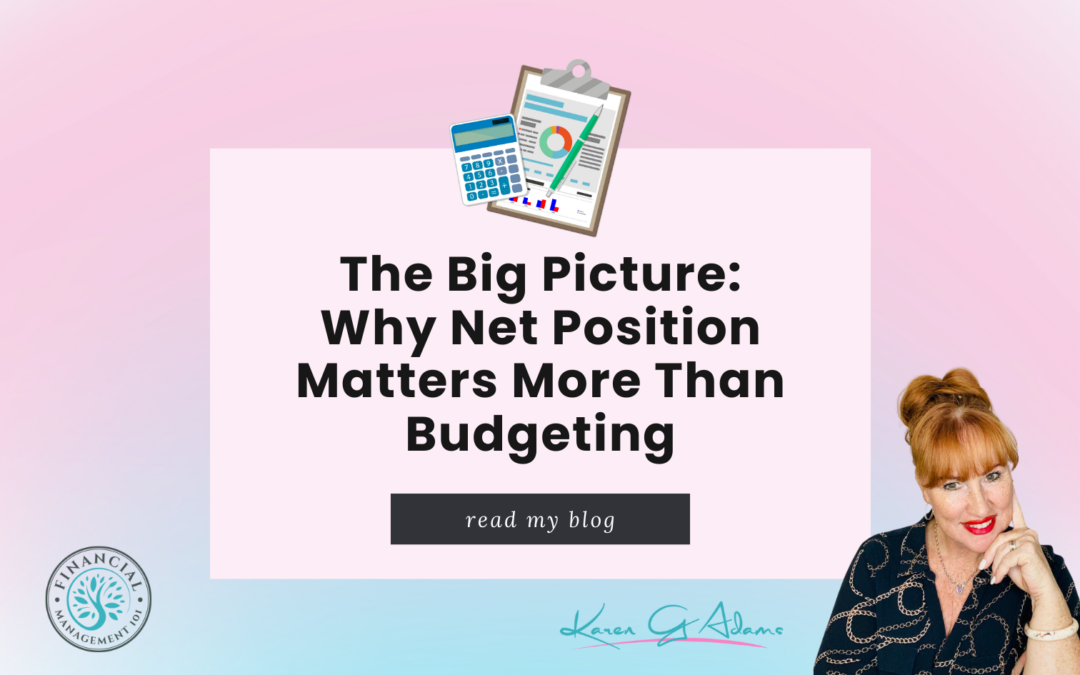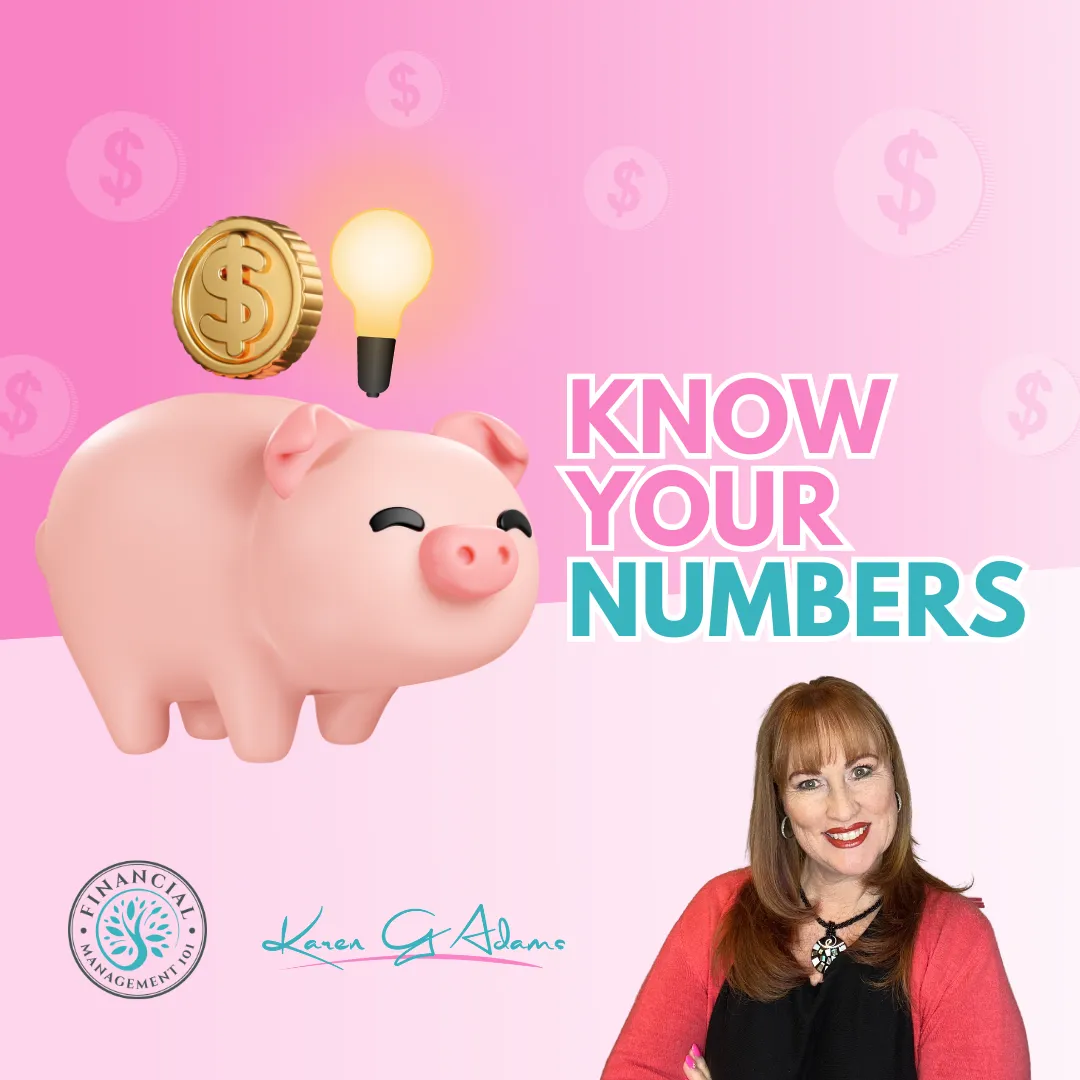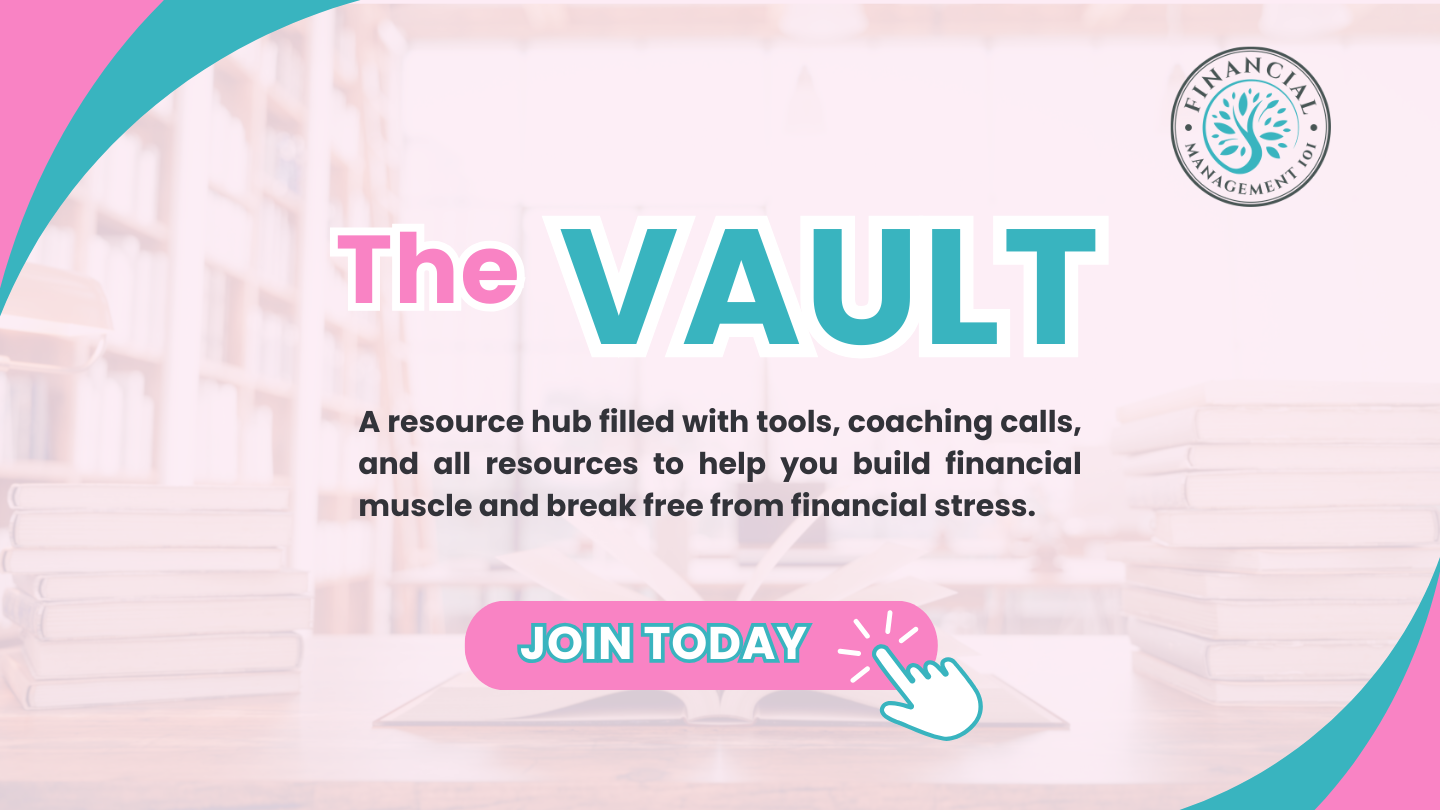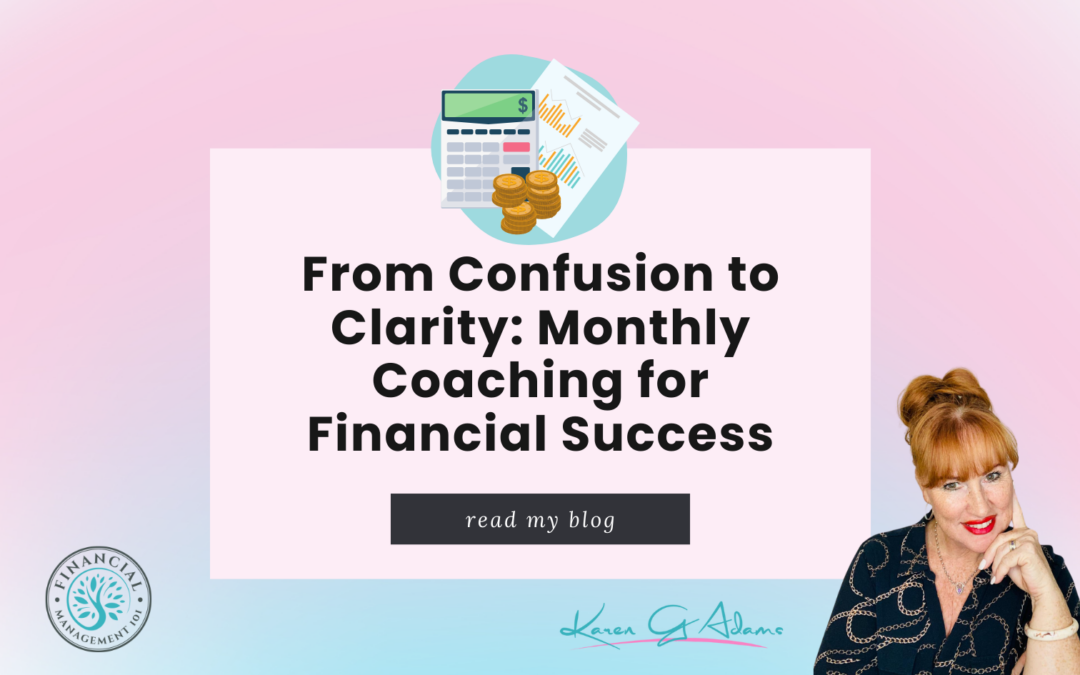
Money Mindset Makeover: Rewiring Your Brain for Financial Success
Have you ever felt like no matter what you do, financial success always seems just out of reach? Maybe you’ve tried budgeting, saving, and cutting expenses, but something still holds you back from true financial freedom. What if the key to transforming your financial reality isn’t just in spreadsheets and numbers but in your mindset?
The Power of Money Mindset
Your thoughts and beliefs about money shape your financial reality more than you think. If you grew up hearing phrases like “money doesn’t grow on trees” or “rich people are greedy,” you may unconsciously hold limiting beliefs that prevent you from achieving financial success.
Your money mindset determines how you earn, spend, save, and invest. A scarcity mindset can keep you stuck in fear and lack, while an abundance mindset opens doors to financial opportunities. If you’re ready to shift from financial stress to success, let’s start rewiring your brain for wealth!
Step 1: Identify Your Money Beliefs
Before you can change your mindset, you must first uncover the deep-rooted beliefs you hold about money. Ask yourself:
- What did I hear about money growing up?
- Do I believe that making money is hard?
- How do I feel when I spend money – guilt, fear, excitement?
- Do I see money as a tool or an obstacle?
Write down your answers and notice any patterns. Awareness is the first step to transformation.
Step 2: Reframe Your Money Story
Now that you’ve identified limiting beliefs, it’s time to replace them with empowering ones. If you’ve been telling yourself, “I’ll never get ahead financially,” flip the script to “I am capable of creating financial abundance.” Instead of “I’m bad with money,” tell yourself, “I am learning to master my finances.”
Affirmations like these rewire your subconscious mind to support your financial goals. Say them daily, write them down, and believe them.
Step 3: Visualise Your Financial Success
Elite athletes use visualisation to win competitions, and you can use the same technique to achieve financial success. Close your eyes and imagine:
- Seeing a healthy bank balance
- Living in your dream home
- Traveling without financial worry
- Feeling empowered and in control of your money
The more vividly you picture your financial success, the more your brain works to turn it into reality.
Step 4: Upgrade Your Financial Cycle
You are the average of the five people you spend the most time with. If those around you constantly complain about money, struggle financially, or discourage your financial growth, it might be time to upgrade your financial circle.
Surround yourself with people who inspire and uplift you financially. Join money-focused communities, listen to financial podcasts, and invest in programs that teach financial mastery.

Step 5: Take Action With Confidence
Mindset without action won’t lead to results. Set clear financial goals and take intentional steps toward them. Whether it’s increasing your income, paying off debt, or investing, make decisions with confidence, knowing you are in control of your financial destiny.
FINAL THOUGHTS
Transforming your financial mindset is the most powerful step toward wealth and success. When you change your thoughts, you change your actions, and when you change your actions, you change your life.
If you’re ready to take your financial transformation to the next level and want a complete money transformation, the Master Your Money Program will guide you every step of the way.
Start today — your wealthy future is waiting!





